// This #include statement was automatically added by the Particle IDE.
#include <SparkFunPhant.h>
// This #include statement was automatically added by the Particle IDE.
// Don’t forget to delete this line and add the library via Particle’s library tab.
const int TRIG_PIN = 2;
const int ECHO_PIN = 6;
// Anything over 400 cm (23200 us pulse) is "out of range"
const unsigned int MAX_DIST = 5800;
double value1 = 0;
double value2 = 0;
const char server[] = "data.sparkfun.com"; // Phant destination server
const char publicKey[] = "wpg7MYjq9EhEXqLWQZgE"; // Phant public key - HAS TO BE CHANGED
const char privateKey[] = "wzqgGMEW10UD6GpwZbkD"; // Phant private key - HAS TO BE CHANGED
Phant phant(server, publicKey, privateKey); // Create a Phant object
const int POST_RATE = 3000; // Time between posts, in ms.
unsigned long lastPost = 0; // global variable to keep track of last post time
////////sound
const long sample_rate = 50; // time between samples (in miliseconds)
const int array_size = 1200; // 1000/50=20 * 60=1200
int snd_array[array_size] = {};
int snd_max = 0 ;
int snd_min = 4096 ;
double snd_avg = 0;
double distance = 0;
const int blink_thresh = 3000;
unsigned long broadcast_interval = 1000;
unsigned long last_broadcast = 0;
unsigned long lastSample = 0 ;
unsigned long lastReset = 0 ;
/////sound
void averageReading(int value)
{
unsigned long now = millis();
if((now - lastSample) > sample_rate)
{
// Shift all the values right by 1
for(int i = array_size-1; i >= 1; i--)
{
snd_array[i] = snd_array[i-1];
if((snd_array[i] < snd_min) && (snd_array[i] > 0))
{
snd_min = snd_array[i];
}
if(snd_array[i] > snd_max)
{
snd_max = snd_array[i];
}
}
snd_array[0] = value;
// Average of all non-zero elements in the array
double avg_sum = 0;
int size = 0 ;
for (int a=0; a < array_size; a++)
{
if(snd_array[a] > 0)
{
size++ ;
avg_sum += snd_array[a];
}
}
snd_avg = avg_sum / size;
lastSample = now ;
}
}
//blink the onboard LED (D7) if reading is louder than threshold
void blinkMic(int reading)
{
if(reading > blink_thresh)
{
digitalWrite(D7, HIGH);
}
else
{
digitalWrite(D7, LOW);
}
}
//check to see if we should reset min and max
void checkReset()
{
unsigned long now = millis();
//if it has been one minute since resetting min and max, reset
if((now - lastReset) >= 60000)
{
snd_max = 0 ;
snd_min = 4095 ;
lastReset = now ;
}
}
//print out the values of avg, min and max to terminal
void broadcast()
{
unsigned long now = millis();
if((now - last_broadcast) > broadcast_interval) {
Serial.print("Avg: "); Serial.println(snd_avg);
Serial.print("Min: "); Serial.println(snd_min);
Serial.print("Max: "); Serial.println(snd_max);
last_broadcast = now;
}
}
////////
void setup() {
Serial.begin(9600);
// The Trigger pin will tell the sensor to range find
pinMode(TRIG_PIN, OUTPUT);
digitalWrite(TRIG_PIN, LOW);
// We'll use the serial monitor to view the sensor output
pinMode(A0, INPUT); // mic AUD connected to Analog pin 0
pinMode(D7, OUTPUT); // flash on-board LED
Particle.variable("avg",snd_avg);
Particle.variable("min",snd_min);
Particle.variable("max",snd_max);
Particle.variable("dis",distance);
}
void loop() {
///////////sound
int mic_reading = analogRead(0); //Serial.println(mic_reading);
blinkMic(mic_reading) ;
averageReading(mic_reading) ;
broadcast() ;
//this will reset the min and max, but keep in mind that those
//large and small values will remain in the array for up to one
//minute depending on the sample_rate
checkReset() ;
///phant
boolean somethingHappened = false;
Serial.print("test");
unsigned long t1;
unsigned long t2;
unsigned long pulse_width;
float cm;
float inches;
// Hold the trigger pin high for at least 10 us
digitalWrite(TRIG_PIN, HIGH);
delayMicroseconds(10);
digitalWrite(TRIG_PIN, LOW);
// Wait for pulse on echo pin
while ( digitalRead(ECHO_PIN) == 0 );
// Measure how long the echo pin was held high (pulse width)
// Note: the micros() counter will overflow after ~70 min
t1 = micros();
while ( digitalRead(ECHO_PIN) == 1);
t2 = micros();
pulse_width = t2 - t1;
// Calculate distance in centimeters and inches. The constants
// are found in the datasheet, and calculated from the assumed speed
//of sound in air at sea level (~340 m/s).
cm = pulse_width / 58.0;
inches = pulse_width / 148.0;
// Print out results
if ( pulse_width > MAX_DIST ) {
Serial.println("Out of range");
} else {
Serial.print(cm);
Serial.print(" cm \t");
Serial.print(inches);
Serial.println(" in");
}
distance = inches;
// Wait at least 60ms before next measurement
delay(60);
if(inches < 48)
{
somethingHappened = true;
value1 = inches;
}
//Replace the if statement below with whatever your trigger is
if (somethingHappened)
{
postToPhant();
}
}
int postToPhant()
{
// Use phant.add(<field>, <value>) to add data to each field.
// Phant requires you to update each and every field before posting,
// make sure all fields defined in the stream are added here.
phant.add("motion", value1);
TCPClient client;
char response[512];
int i = 0;
int retVal = 0;
if (client.connect(server, 80)) // Connect to the server
{
// Post message to indicate connect success
Serial.println("Posting!");
// phant.post() will return a string formatted as an HTTP POST.
// It'll include all of the field/data values we added before.
// Use client.print() to send that string to the server.
client.print(phant.post());
delay(1000);
// Now we'll do some simple checking to see what (if any) response
// the server gives us.
while (client.available())
{
char c = client.read();
Serial.print(c); // Print the response for debugging help.
if (i < 512)
response[i++] = c; // Add character to response string
}
// Search the response string for "200 OK", if that's found the post
// succeeded.
if (strstr(response, "200 OK"))
{
Serial.println("Post success!");
retVal = 1;
}
else if (strstr(response, "400 Bad Request"))
{ // "400 Bad Request" means the Phant POST was formatted incorrectly.
// This most commonly ocurrs because a field is either missing,
// duplicated, or misspelled.
Serial.println("Bad request");
retVal = -1;
}
else
{
// Otherwise we got a response we weren't looking for.
retVal = -2;
}
}
else
{ // If the connection failed, print a message:
Serial.println("connection failed");
retVal = -3;
}
client.stop(); // Close the connection to server.
return retVal; // Return error (or success) code.
}







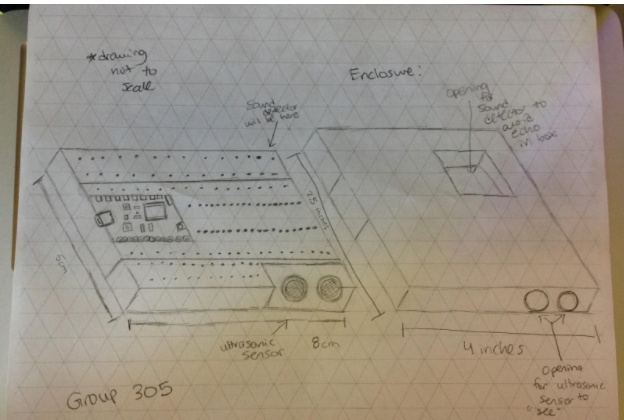
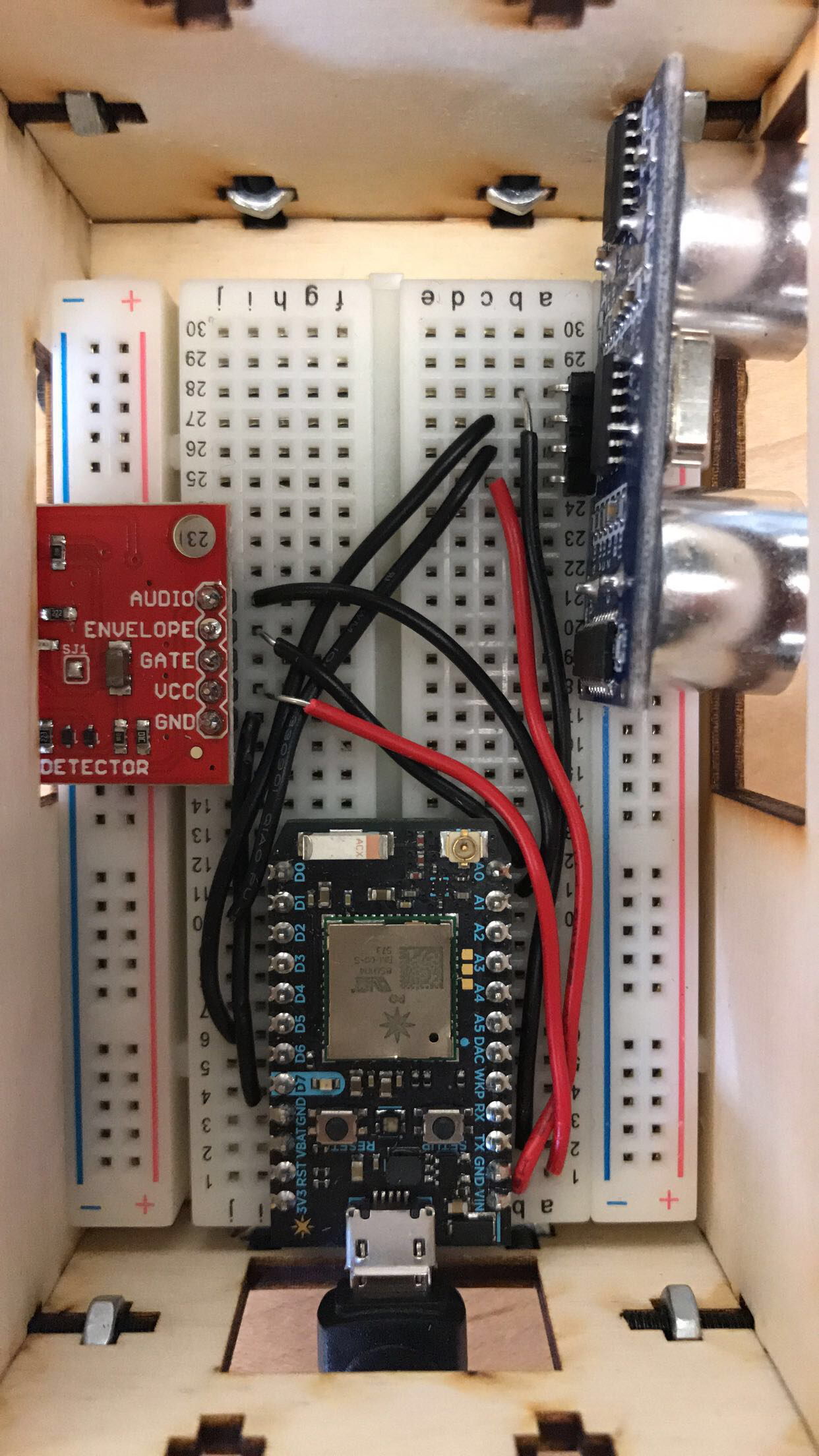
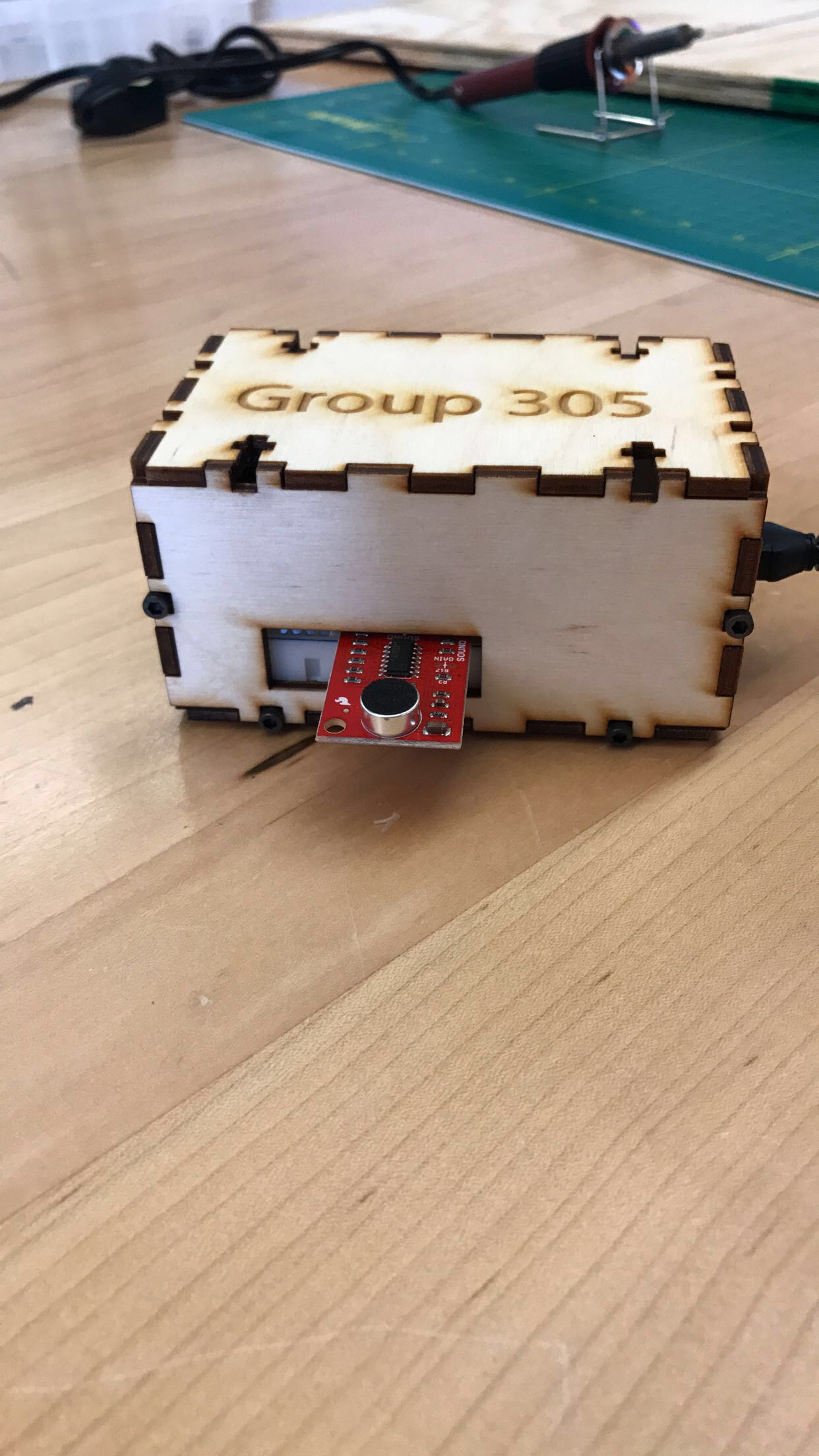



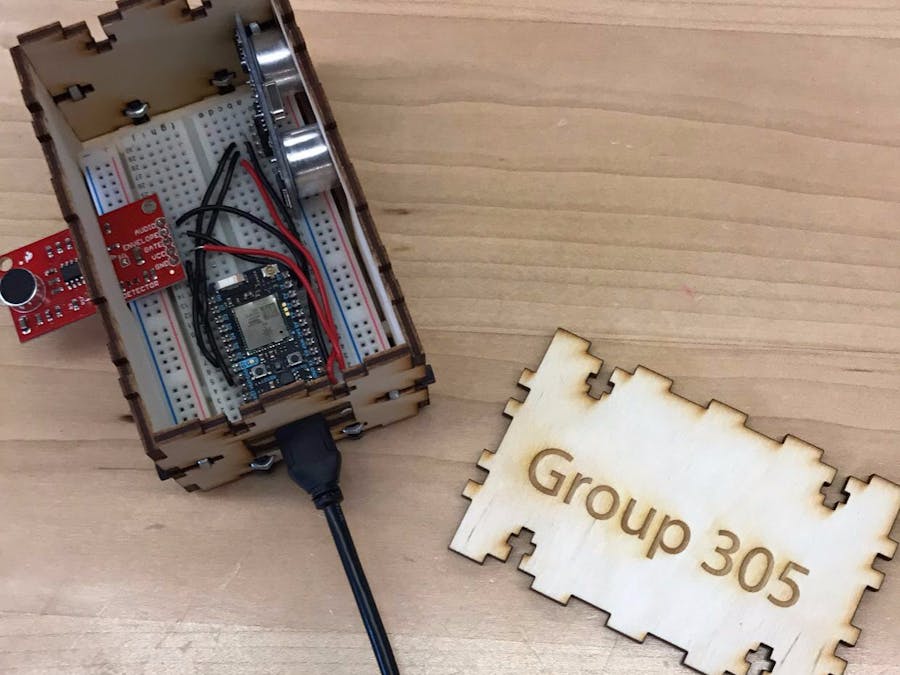
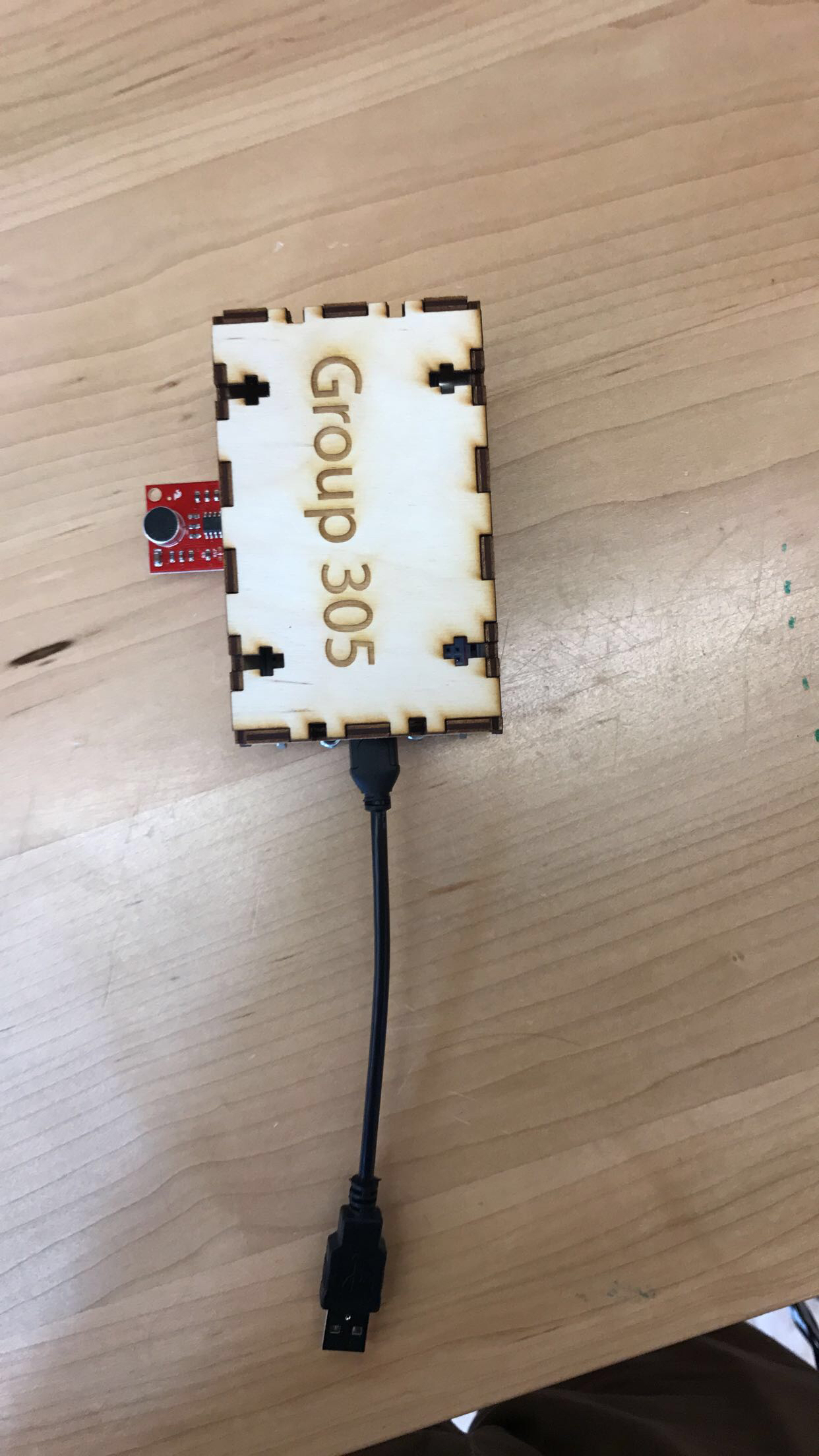
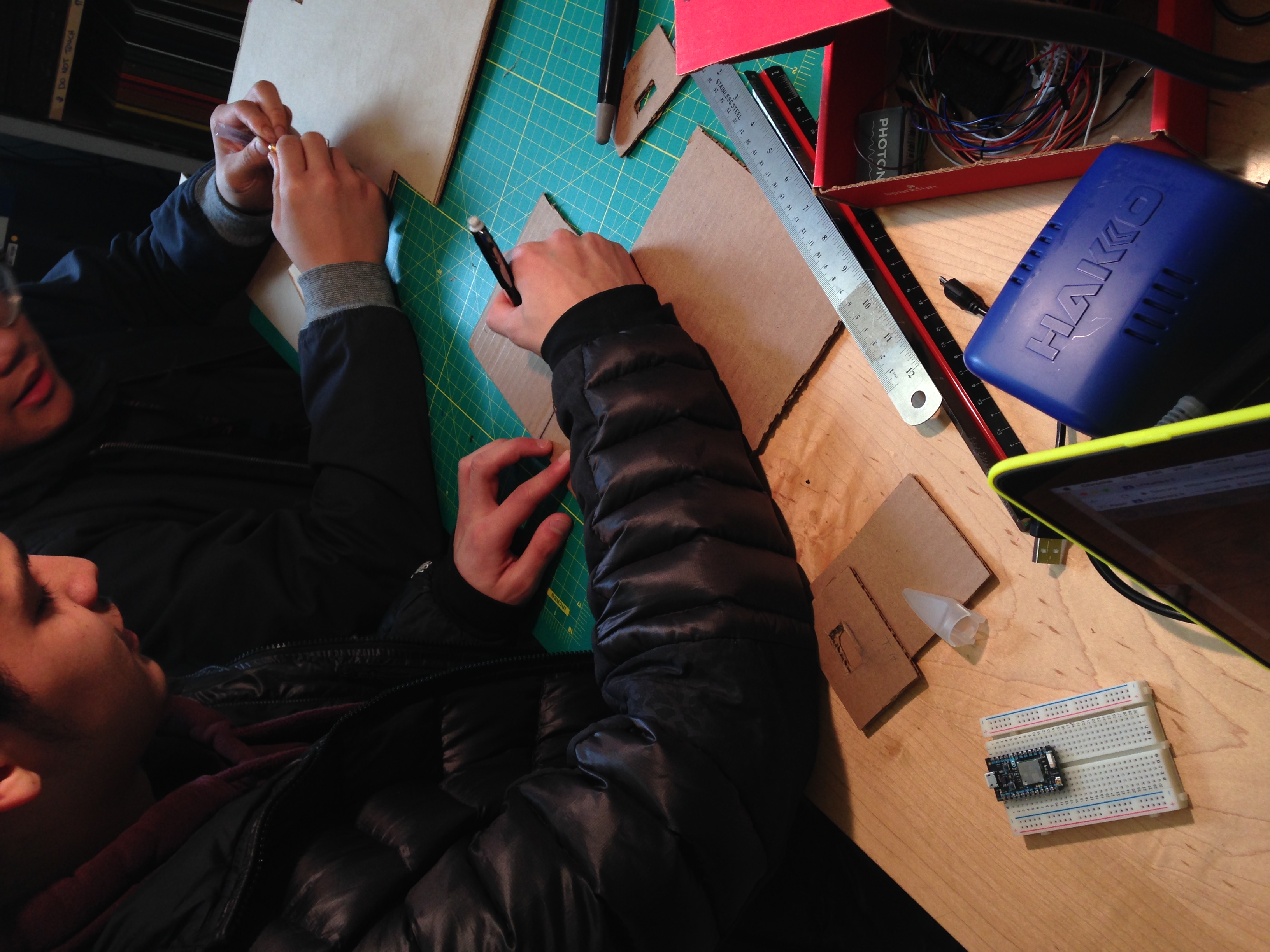
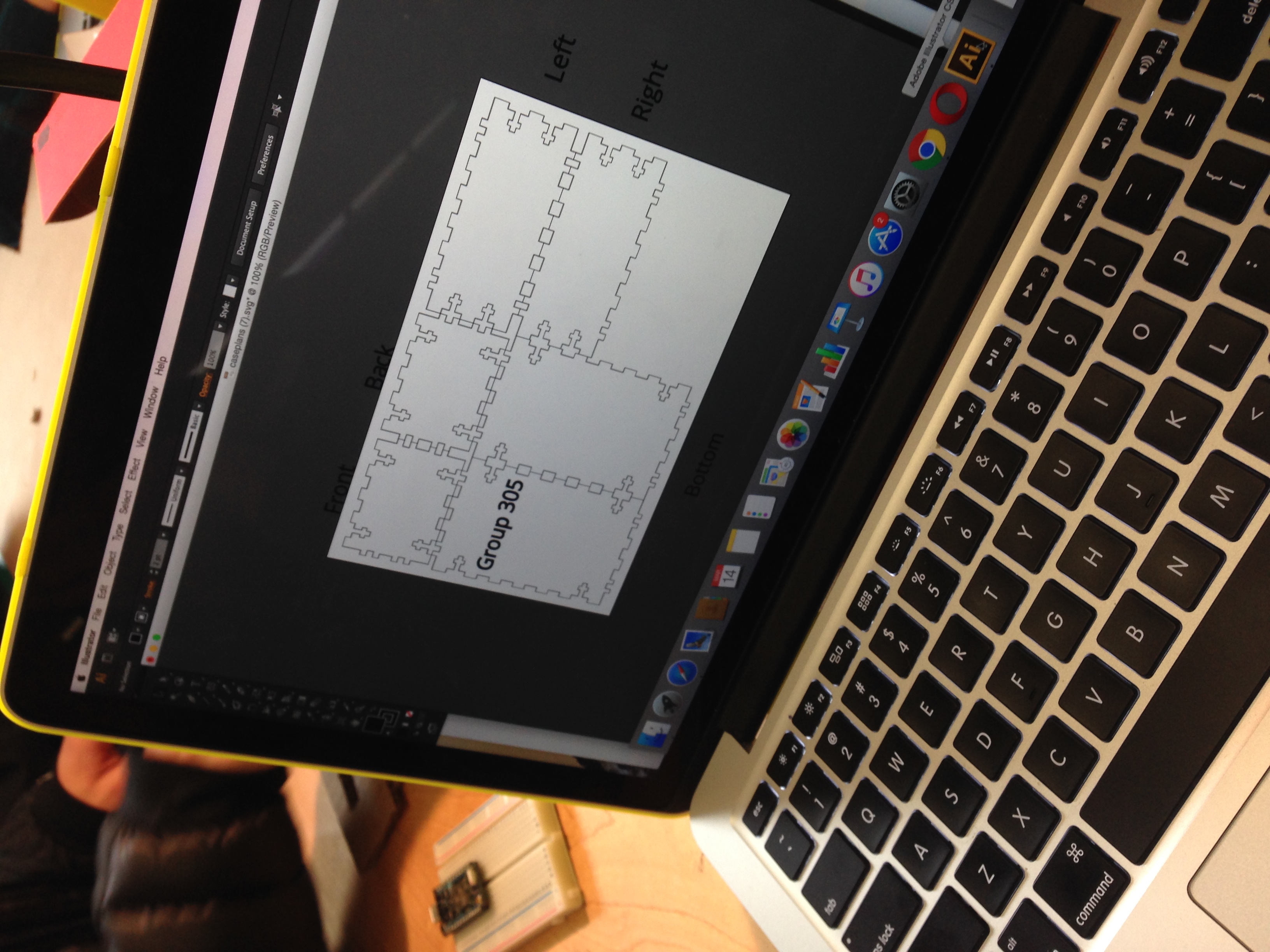
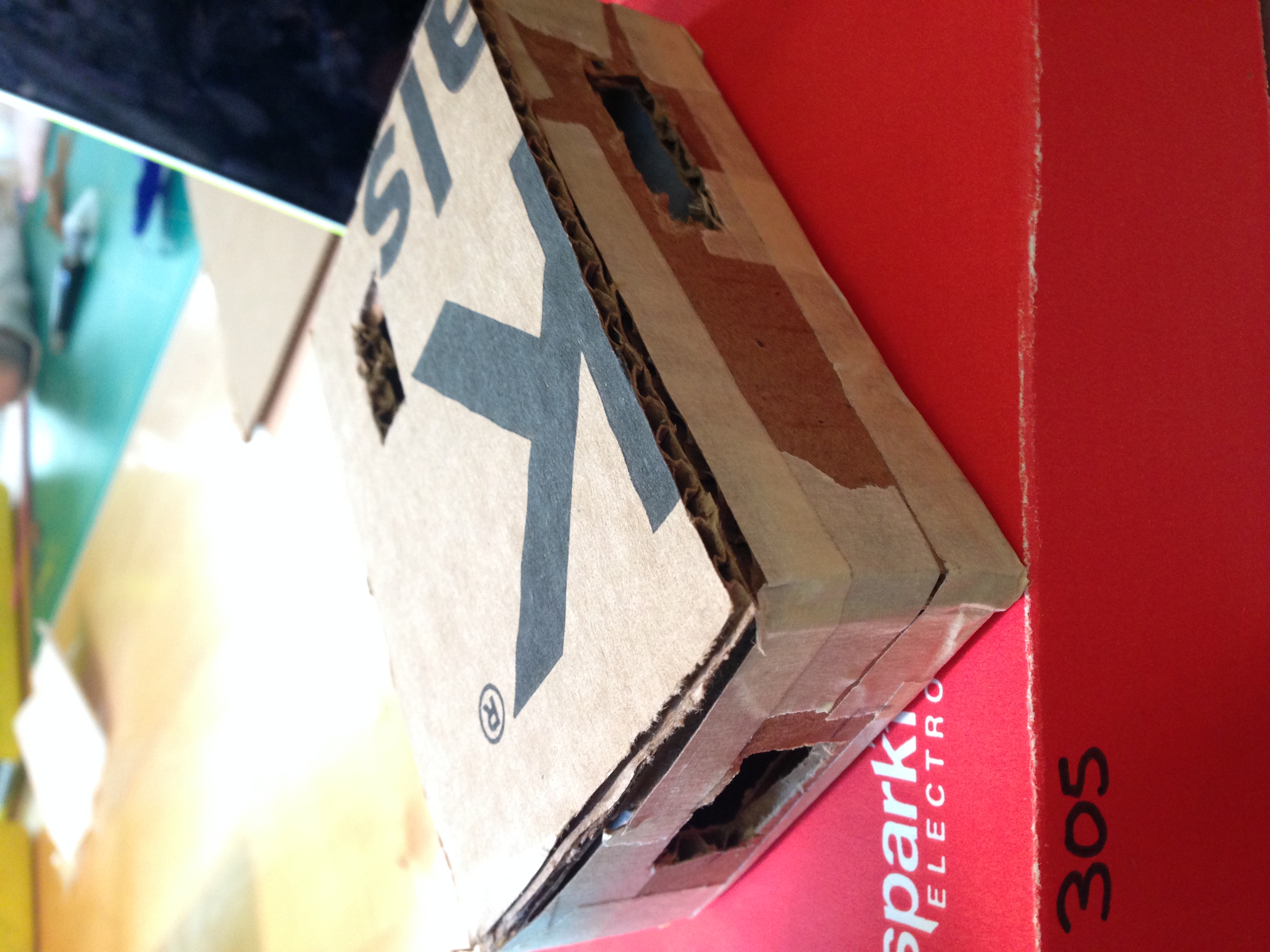
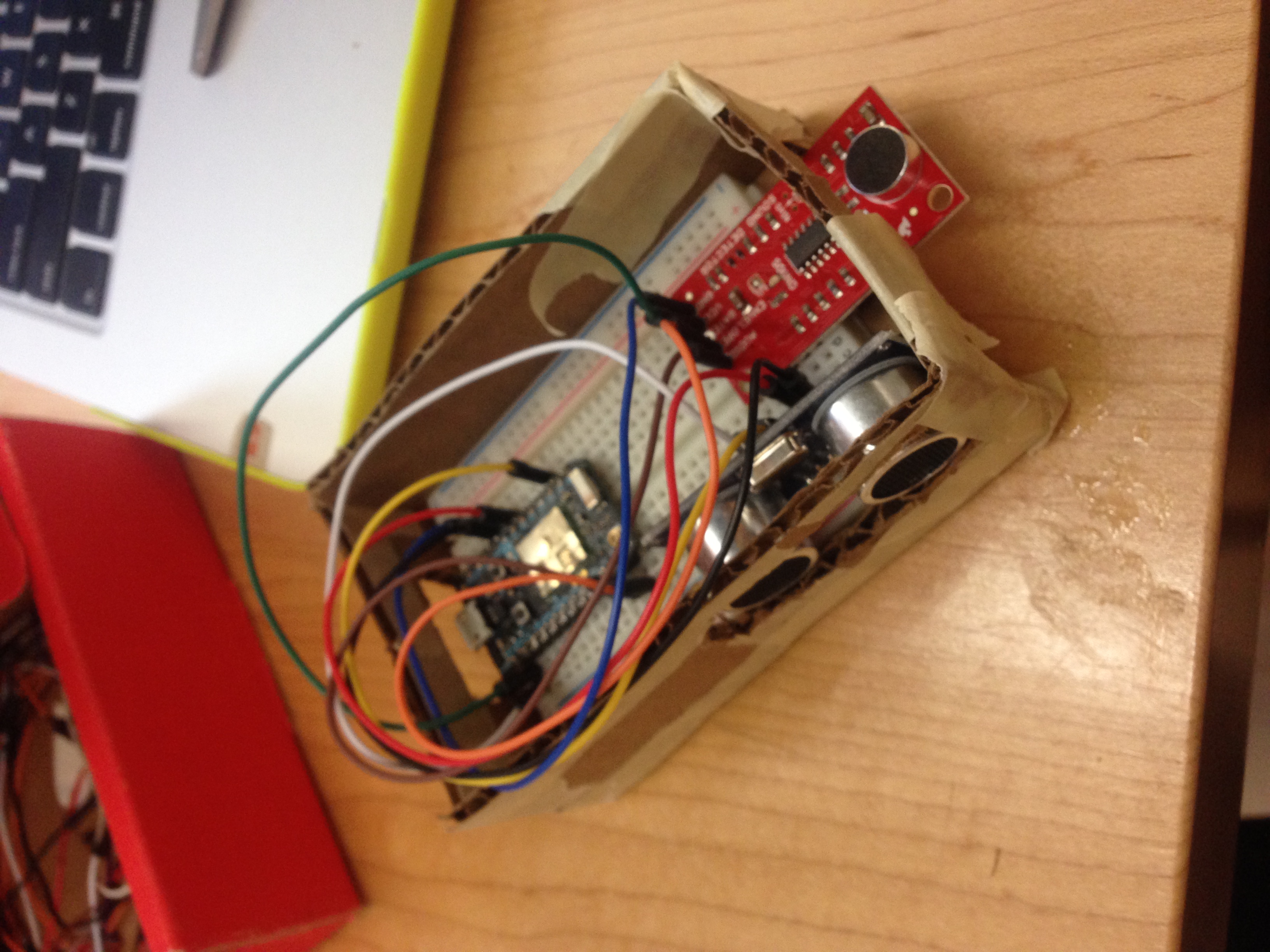


_3u05Tpwasz.png?auto=compress%2Cformat&w=40&h=40&fit=fillmax&bg=fff&dpr=2)
Comments